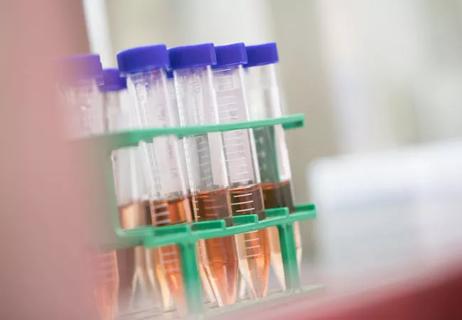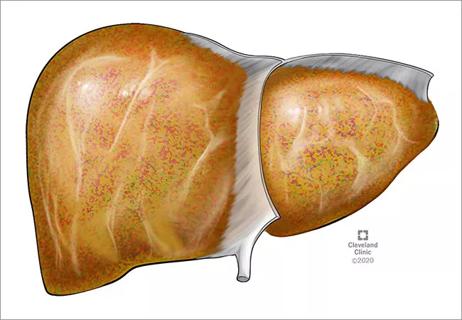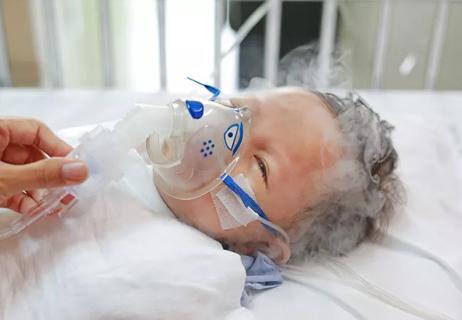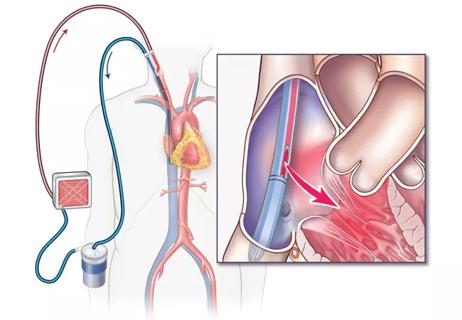Largest-ever analyses of autism in twins, females and more

Recent months have seen a spate of diverse and distinctive research from Cleveland Clinic Children’s Center for Autism.
Cleveland Clinic is a non-profit academic medical center. Advertising on our site helps support our mission. We do not endorse non-Cleveland Clinic products or services. Policy
In addition to pioneering work linking the tumor suppressor gene PTEN with an autism subtype (reported here) and the first study documenting the limited value of brief clinical observations for detecting autism (reported here), Center for Autism staff published historically large analyses of autism in twins and in females. And they now have a new grant-supported therapy trial underway for the autism-like condition Rett syndrome. Here’s a roundup of these additional research projects.
The etiology of most autism spectrum disorder (ASD) cases remains unknown, yet clarifying etiologic factors is critical to directing future research.
Recognizing that studies of twins offer a unique opportunity to clarify the contributions of genetic and environmental factors to ASD etiology, Center for Autism Director Thomas Frazier, PhD, led a multicenter team that compared concordance in 568 identical and fraternal twin pairs from the national Interactive Autism Network. Of these pairs, 471 were affected by ASD, representing the largest known sample of ASD-affected twin pairs to undergo quantitative and categorical autism measurement.
In the team’s analysis, published in the Journal of Autism and Developmental Disorders, Dr. Frazier and colleagues identified a robust genetic component to ASD in this population, solidifying prior observations of strong genetic influences.
Among their key findings:
“These findings underscore the need for continued exploration of genetic influences on ASD and suggest that environment may play only a minor role,” Dr. Frazier says.
The presence or absence of sex differences in the ASD phenotype has been a long-standing knowledge gap, as the large majority of subjects in ASD studies have been male.
To address this gap, Dr. Frazier led a multicenter team that analyzed data from the Simons Simplex Collection, a large registry of genetic samples from individuals with ASD, to evaluate sex differences in behavioral and cognitive characteristics of youths with ASD.
After analyzing data from 304 females and 2,114 males with ASD, they found that females had:
“This was the largest, most comprehensive study of cognitive and behavioral characteristics of females with ASD to date,” says Dr. Frazier. “Among our conclusions was the suggestion that ASD seems to be underidentified in females, which may be due to a focus on male-centric representations of ASD in diagnostic instruments or to genetic or developmental protective factors.”
The study was supported by the Simons Foundation Autism Research Initiative and published in the Journal of the American Academy of Child and Adolescent Psychiatry.
Center for Autism researchers are also part of a Cleveland Clinic/Case Western Reserve University team that recently won a $1.3 million grant to conduct a phase 2 clinical trial of low-dose ketamine for treating symptoms of Rett syndrome, a developmental disorder that shares key symptoms with autism. The rare condition is caused by a mutation in the MECP2 gene and affects females nearly exclusively.
The study stems from early research showing that low-dose ketamine reverses deficits in brain activity in a mouse model of Rett syndrome. The sedative agent’s potential utility has been further bolstered by anecdotal reports of children with Rett syndrome showing symptom improvement after receiving ketamine for dental procedures.
“Ketamine may enhance functioning of the brain’s default mode network,” says Dr. Frazier, who is one of the new study’s co-investigators. “We believe that network does not function well in Rett syndrome or autism in general, which may explain why children with these conditions have difficulty picking up social cues.”
The grant for the placebo-controlled trial, which is enrolling 30 patients in a crossover design, comes from the Rett Syndrome Research Trust.

Consider offering your patients enrollment in a leading-edge clinical study

Findings underscore need for early screening and close follow-up

Consider offering your patients enrollment in a leading-edge clinical study

Titanium dioxide nanoparticles exaggerate inflammation induced by RSV

Study supports using the direct thrombin inhibitor

Estimating risk remains elusive

The search for predictive factors continues

A conservation with Karen Murray, MD